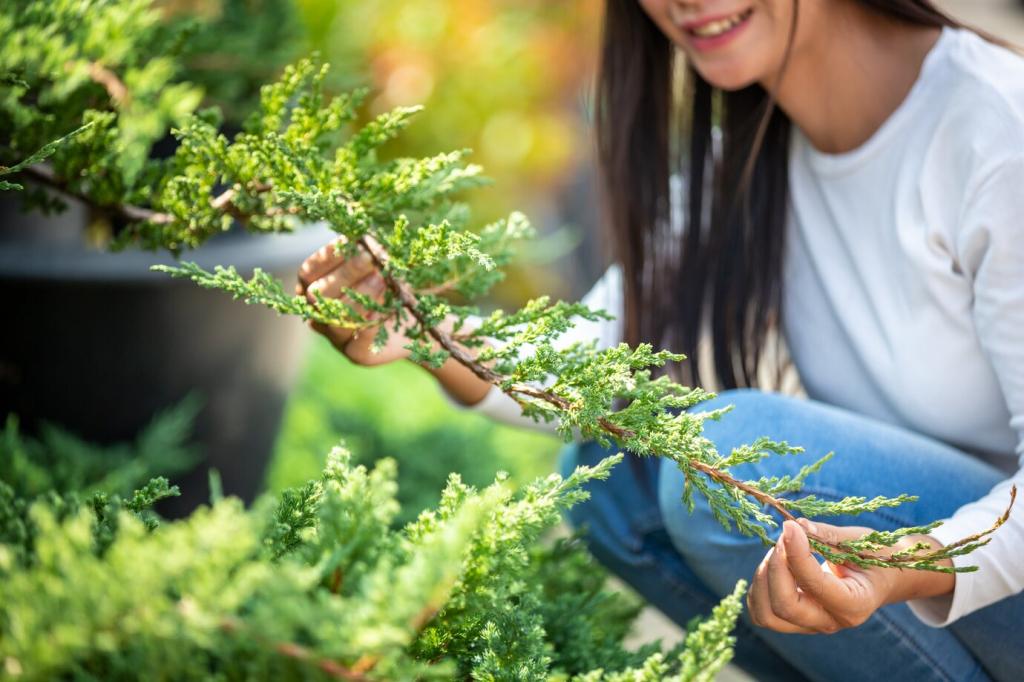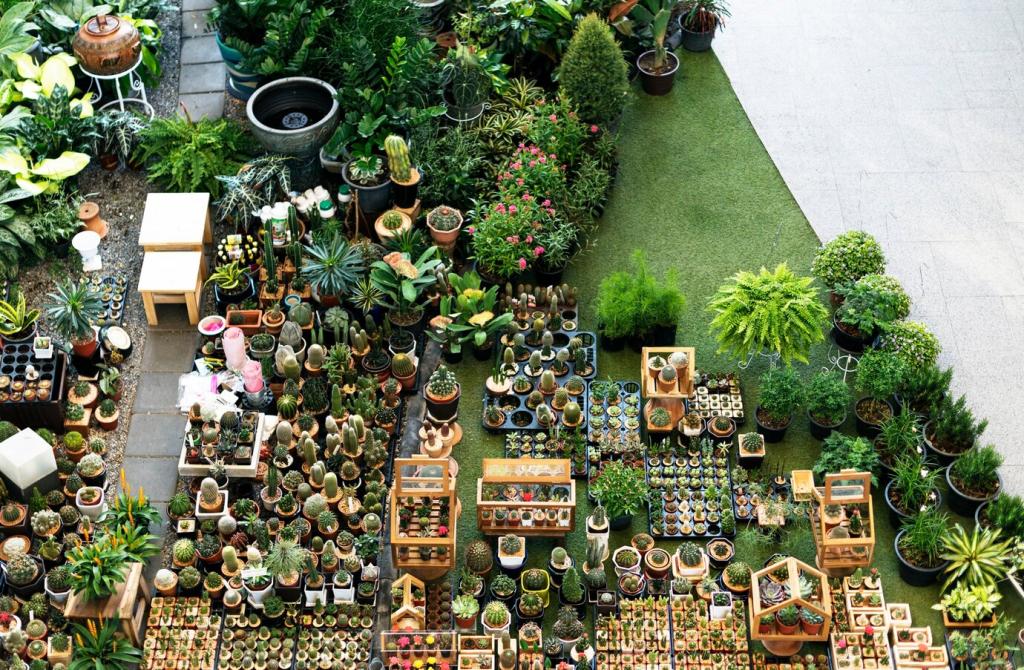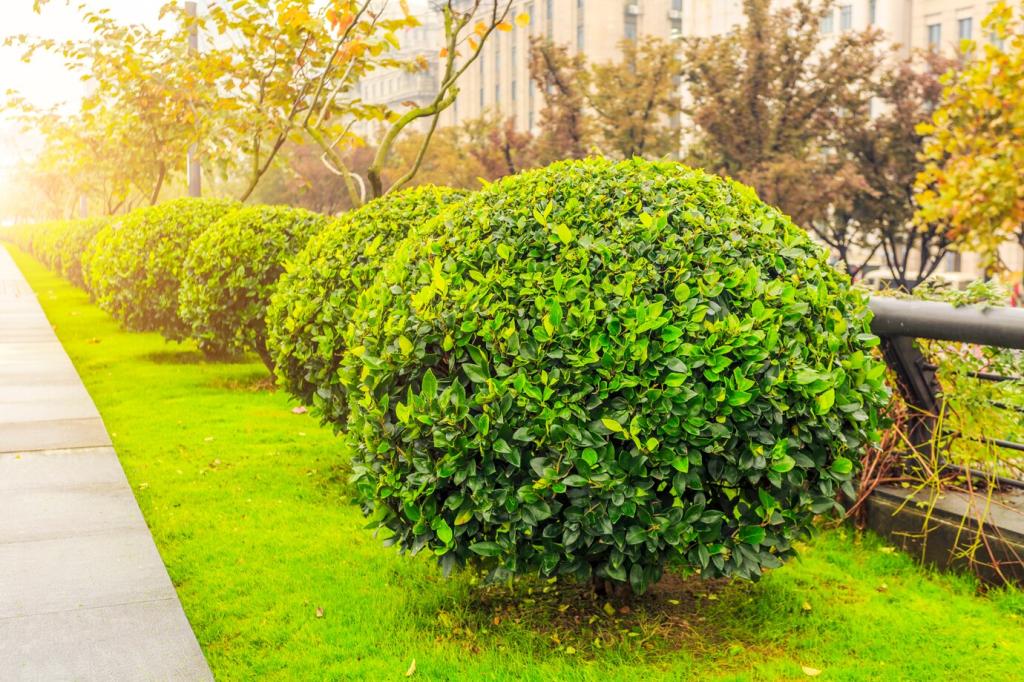
Designing Landscapes that Multiply Life
Chosen theme: Biodiversity Enhancement through Landscape Design. Welcome to a space where gardens become thriving ecosystems, pathways invite pollinators, and soils hum with microscopic life. Explore practical ideas, inspiring stories, and evidence-based strategies to enrich the living web in your own landscape. Join the conversation, subscribe for seasonal insights, and help grow a community dedicated to designing for more life.
Why Biodiversity-Focused Design Matters
From Lawns to Living Mosaics
Traditional lawns often function as biological deserts. When replaced with layered plant communities, patches of turf transform into living mosaics where birds, insects, fungi, and soil organisms weave stronger ecological relationships. Start small, track changes, and share your observations with our community.
Keystone Structures, Keystone Moments
A single standing snag, a brush pile, or a flowering hedgerow can trigger cascades of life. These features provide nest sites, nectar, and shelter that ripple through the food web. Tell us which simple structure you added first and what surprising species showed up.
Resilience You Can See and Feel
Biodiverse gardens rebound faster after droughts, heat waves, and pest outbreaks. Varied species fill different ecological roles, stabilizing functions like pollination and decomposition. Subscribe to receive a seasonal checklist for building resilience layer by layer in your own design.
Site Analysis Through an Ecological Lens
Mapping Sun, Soil, and Water
Walk the site at different times of day. Note sun patterns, wind corridors, soggy spots, and quick-drying ridges. Simple infiltration tests and soil structure checks reveal where rain gardens belong and where deep-rooted species can stabilize slopes and feed soil life.


Listening to What Already Lives There
Existing plants and wildlife are clues. A patch of clover, ground beetles under stones, or swallows overhead all signal microhabitats worth amplifying. Photograph species, keep a log, and comment with your baseline list so others can compare and learn.

Water, Soil, and Microhabitat Engineering
Direct roof and path runoff into planted basins where deep-rooted natives slow water, filter pollutants, and recharge soil moisture. Even shallow, fish-free basins can support amphibians and pollinators. Comment with your rain garden dimensions and we’ll suggest compatible plant guilds.
Hedgerows, Living Fences, and Greenways
Layered hedgerows align yards into biodiverse corridors. Mix fruiting shrubs, nectar-rich perennials, and tussock grasses to guide pollinators and birds between resources. Ask neighbors to join—post your proposed corridor map and invite others to extend it.
Reducing Night Light and Noise Stress
Shield outdoor lights, use warm-color bulbs, and set timers to protect nocturnal insects and migrating birds. Vegetation buffers can reduce noise, easing stress for sensitive species. Comment with your light and sound audit to get feedback on mitigation ideas.
Safer Spaces for Wildlife and People
Design sightlines to avoid startling wildlife, and add low fencing near roads to slow crossings. Keep cats indoors or build a catio to reduce predation on songbirds. Share your wildlife-safe design tweaks and what changes you observed afterward.
Monitoring, Storytelling, and Community Action
Use photo logs, seasonal species counts, and pollinator watch sessions to measure outcomes. Pair anecdotes with numbers to ground your story. Subscribe to receive printable tally sheets and tips for hosting a neighborhood biodiversity count.
Monitoring, Storytelling, and Community Action
After replacing a sterile hedge with a mixed native thicket, a reader reported the first hummingbird visit within weeks. By autumn, seedheads drew finches in flocks. Share your first biodiversity surprise and encourage someone else to start.


